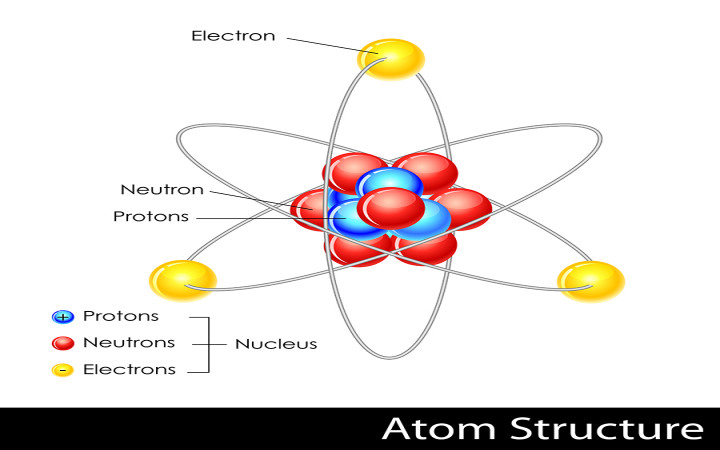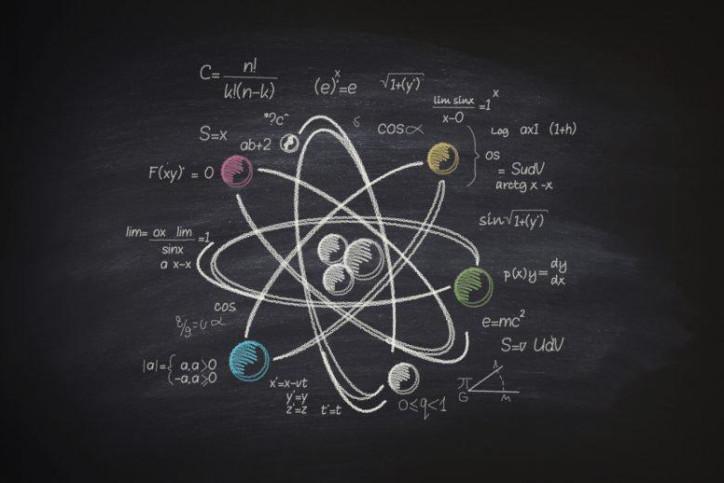What’s Inside of Atoms?

A physicist studies what’s within atoms, including the nucleus and its constituents. They also study how radioactive decay works and how atoms become charged. Read on to learn more about this fascinating profession. You’ll be glad you did! Here are some interesting facts about physicists. What’s inside an atom?
Physicists study the nucleus
An atom is composed of a single positively charged particle called a proton, which orbits around an electrically neutral neutron. The nucleus is the most dense part of an atom and typically contains 99.9% of an atom’s mass. In 1911, British physicist Ernest Rutherford discovered the nucleus of an atom. Today, scientists know that atoms are made up of more than one nucleus.
They study the constituents and interactions of nuclei
Particle physics studies the structure of atoms and molecules. Atoms contain a tightly bound nucleus made up of neutrons and protons, and an electron cloud. The nucleus is around ten to fourteen times larger than the electron cloud. Electrons make up less than one percent of an atom’s mass, and interact with the electrons to create various physical properties. Because atoms contain so many electrons, scientists have been able to predict certain properties of chemical compounds.
They study the charged parts of atoms
In the early 20th century, physicists believed that all matter consisted of positively charged particles called protons and electrons, surrounded by an electron cloud. The charged particles ionized the gas molecules and were known as cosmic rays. Within minutes after the Big Bang, these particles had cooled and atoms were formed. Physicists studied the charge on these particles and their behavior in the universe.
They study radioactive decay
When an element undergoes radioactive decay, it produces a new chemical substance called a decay product. The release of these particles can be characterized by a half-life, which is the amount of time it takes for half of the element to decay. These decay products are a physicist’s best friend in analyzing the decay processes of many elements. Physicists study radioactive decay because of its countless applications.
They study the structure and function of matter at the subatomic level
Physicists study the structure of matter at the subatomic level. Unlike ordinary matter, which tends to flow, matter at the subatomic level is in constant motion. Air and water are two examples. All molecules are in motion and can range from simple vibrations to high-speed trajectories. This kinetic energy manifests itself as heat.




Leave a Reply